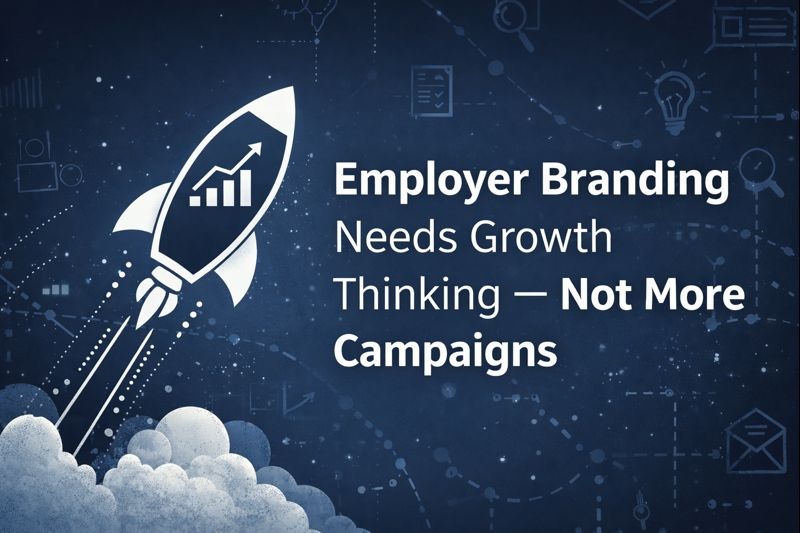Mar20

In the quest for sustainability, the confluence of technology and innovation offers a beacon of hope. In the latest episode of the Climate Confident podcast, I had an enlightening conversation with Thomas Kiessling, CTO of Siemens' Smart Infrastructure Division. This discussion provided a deep dive into how Siemens is leveraging technology to spearhead significant improvements in energy efficiency and emissions reduction across various sectors. However, the implications of our conversation extend far beyond Siemens, touching on a universal potential for technology to drive sustainability across the globe.
Siemens' approach, exemplifies a commitment to setting and achieving ambitious sustainability targets. By halving their CO2 footprint by 2020 and setting their sights on net zero emissions by 2030, Siemens is not just advocating for a greener future; they're building it. Their strategies encompass a broad spectrum of initiatives, from eco-designs of products to innovations in smart infrastructure that facilitate the integration of renewable energy sources and enhance overall energy efficiency.
The significance of such technological interventions cannot be overstated. In commercial and industrial applications, where energy consumption is immense, the potential for efficiency improvements is critical. For instance, Siemens' focus on smart infrastructure plays a pivotal role in optimizing energy use in commercial buildings, which are notorious for their substantial energy demands. The deployment of IoT and AI technologies in building management systems can lead to energy savings of 30-50%, showcasing how intelligent design and operation can drastically reduce carbon footprints.
Beyond Siemens, the global landscape offers numerous examples of technology-driven sustainability. From the proliferation of solar and wind power as cost-effective, renewable energy sources to the rise of electric vehicles challenging the dominance of fossil fuels, innovation is paving the way for a cleaner, more sustainable world. The European Union, for instance, has made significant strides in increasing its renewable energy capacity, with renewables accounting for more than 44% of the bloc's electricity in 2023—a testament to the transformative power of technology in the energy sector.
Yet, the journey towards sustainability is fraught with challenges. The Infrastructure Transition Monitor report also sheds light on the gaps and obstacles on the path to decarbonisation. While technological solutions exist, their adoption and implementation at scale remain key hurdles. This highlights the need for a concerted effort from businesses, governments, and individuals to embrace these technologies and drive the systemic changes required to mitigate climate change.
In this critical moment for our planet, the story of Siemens and the broader narrative of technological innovation in sustainability serve as both a blueprint and a call to action. The potential for technology to drive significant improvements in energy efficiency and reduce emissions across various sectors is not just promising; it's essential for the future we aspire to create.
For those intrigued by the potential of technology to foster a sustainable future and the comprehensive strategies Siemens is employing to turn this potential into reality, I encourage you to listen to the full episode of the Climate Confident podcast. It's a deep dive into the innovative approaches and solutions that are paving the way for a more sustainable world.
The time for action is now. By harnessing the power of technology, we can make substantial strides in our collective journey towards sustainability. Let us embrace these innovations and work together to build a greener, more resilient future.
By Tom Raftery
Keywords: AI, Climate Change, Sustainability
 Concrete’s Carbon Problem and the Race to Fix It
Concrete’s Carbon Problem and the Race to Fix It Employer Branding Needs Growth Hacking — Not More Campaigns
Employer Branding Needs Growth Hacking — Not More Campaigns The Wireless Renaissance: From Tesla’s Dream to Agentic Autonomy
The Wireless Renaissance: From Tesla’s Dream to Agentic Autonomy Collective Resonance: How Consciousness Scales Beyond the Individual
Collective Resonance: How Consciousness Scales Beyond the Individual Autonomous Wingmen: Scaling Sustainable Aviation via NVIDIA NAT and Formation Flight
Autonomous Wingmen: Scaling Sustainable Aviation via NVIDIA NAT and Formation Flight